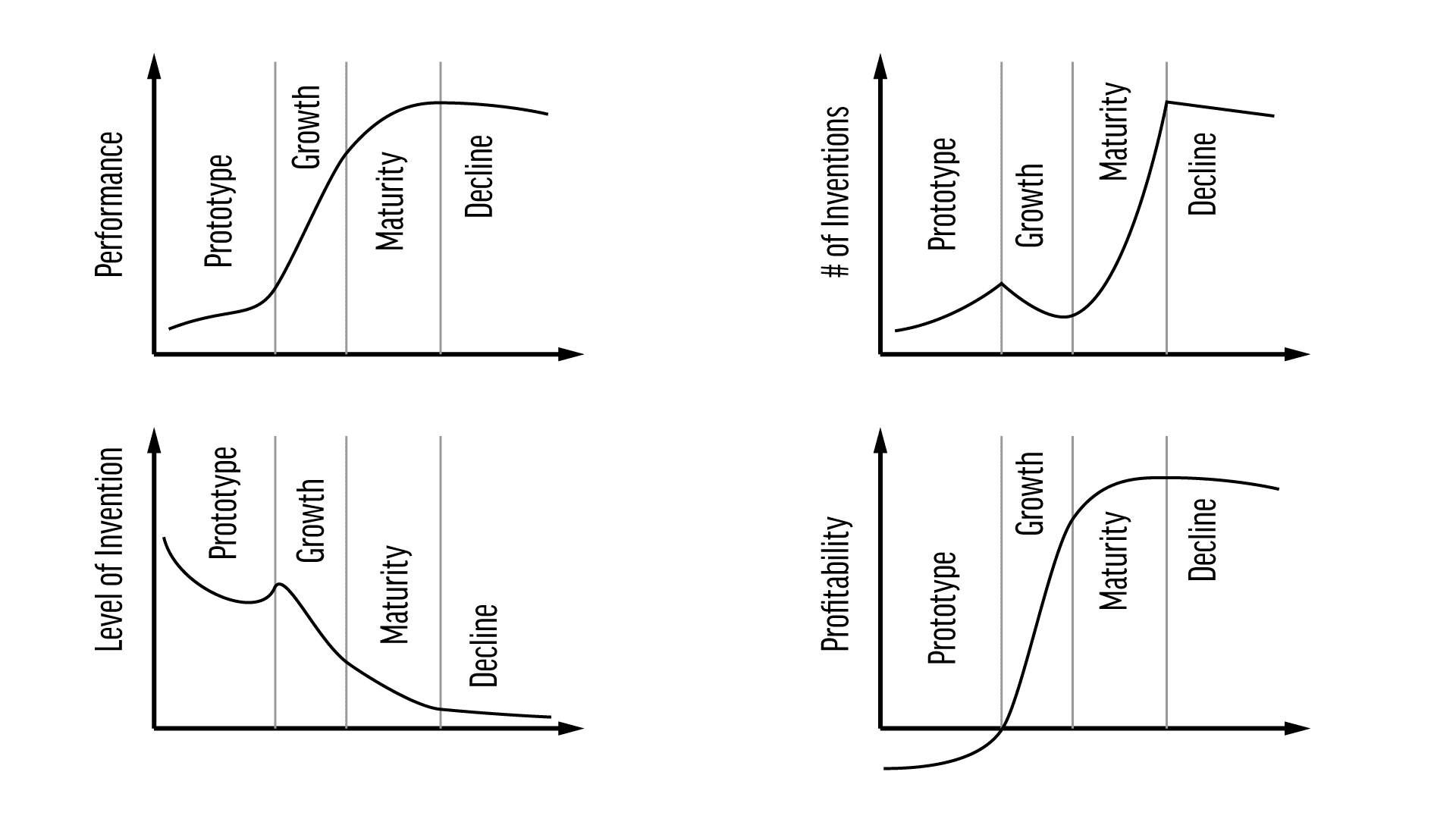Invention Mistakes Made at the “Idea Stage”
Patent Mistakes People Make At The Idea Stage
Patents at the idea stage represent a huge risk because there just is not any data to support an investment in a patent.
A patent attorney would mitigate this risk by putting everything you know – and plenty of additional speculation – into your patent application.
From the patent attorney’s standpoint, having lots of material in a patent application is always good. The more material, the more we have to work with to create claims that the examiner will allow.
What could possibly go wrong?
One big issue that reoccurs with early patents is that it may take years to get to market and generate revenue. During that time, there are plenty of “smaller” inventions that are created to improve the product, so there are more patent filings.
Even well funded startups with lots of potential can take 5, 10, or even 15 years to get meaningful traction. In many cases, they call me looking for a loan on their patents.
The problem with their patents is that they put too much information in their original patent, so they are forced to claim priority to that first filing. This is terribly expensive, but it also means that their later patents must expire 20 years from that first filing date.
This translates into patents that are still in process but may only have 5 years left on them when they issue. 75% of the patent’s life is already expired, meaning that their patents’ value is almost zero when they finally get some traction.
How to fix this problem: the best approach to IP protection is to think things through ahead of time and have a strategy. They key is for the patents to keep pace with the products getting to market. You do not want to get ahead of yourself.
You want to keep in mind that there are two parts of a patent application: what you give away and what you get in return.
What you give away are trade secrets that you could have kept behind closed doors and never told anyone. What you get back are the claims that you enforce against copycats.
Keep in mind that any great ideas you put in your original patent will expire 20 years later. In many instances, it is better to wait to file the “smaller” ideas as separate patent applications. This will give you IP protection that will extend past the 20 year lifespan. The “smaller” ideas might be the key features that customers are buying. These are the “picks and shovels” patents that can protect your market better than your “big idea” patent.
A good strategy would start with an initial filing that has claims tailored to the general concept you expect to bring to market. Rather than dumping a laundry list of design options into that first patent application, wait to see which options turn out to be useful.

Remember that the S-curve only looks like an S-curve after the fact. We are looking at historical information and telling a company’s story by using the S-curve metaphor. At the time, the entrepreneur does not know how the journey will unfold.
For some businesses, they might thrash around for 10 years trying to find the elusive product-market fit. To crack that nut, the entrepreneur might try many different versions in many different markets, which may take years before getting some traction.
In many cases, the “S-curve” is really a long, flat curve that finally gets traction and slowly starts improving, maybe years after the initial idea. In hindsight, we like to tell the story of the brilliant inventor who foresees a need in the market, but that story is usually fiction. There is a lot of hard work (and a lot of luck) that goes on in between.